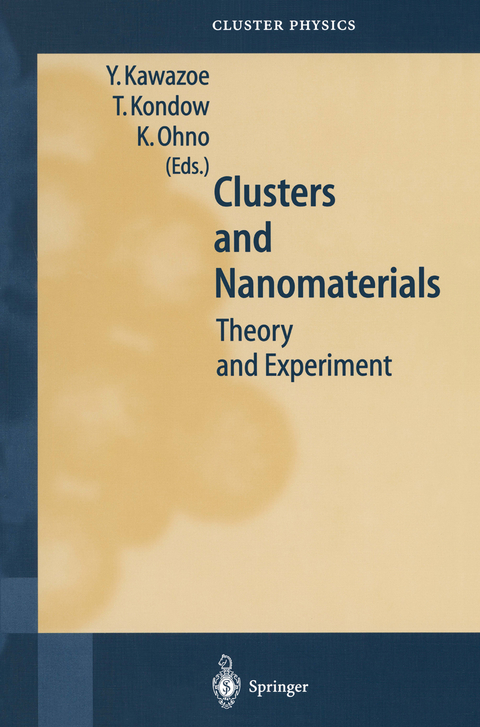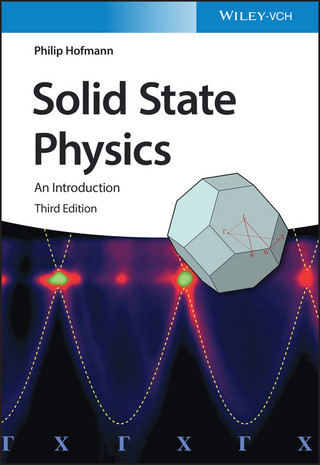
Clusters and Nanomaterials
Springer Berlin (Verlag)
978-3-642-07522-3 (ISBN)
The book provides a comprehensive description of recent progress in cluster physics, a subject of immense interest both fundamentally and for applications to electronic, optical and magnetic devices.
1 Brief Introduction.- 2 Ab Initio Computer Simulations on Microclusters: Structures and Electronic Properties.- 3 Stability of Multiply Charged Transition Metal Clusters.- 4 Adsorption of Methanol Molecules on Nickel Cluster Ions.- 5 Cluster Investigations in Cyclodextrin Inclusion Compounds: Theory and Experiment.- 6 The Nanostructure of C60 Photopolymers.- 7 Formation of Foreign-Atom-Doped Fullerenes.- 8 Electronic, Transport and Mechanical Properties of Carbon Nanotubes.- 9 Nanostructural Characterization of Inorganic Materials by High-Resolution Electron Microscopy.- 10 Phase Behavior in Systems of Large Molecules.- 11 Formation of Free Clusters and Their Structures: Molecular Dynamics Simulations.- 12 Extended Ensemble Monte Carlo Method.- 13 Molecular Dynamics Simulation for Deformation Dynamics of Ni/Ni3Al Composite with FGM or NFGM Type Interface.- 14 Size-Dependent Evolution of Conduction-Electron Excitations in Small Spherical Particles.
From the reviews of the first edition:
"The book starts with a brief introduction written by the editors. They outlined important contributions of cluster science to basic science and the role of cluster science in applications, the crucial role of cluster in the progress of nanotechnology. The book consists of four parts: 'Metallic Clusters', 'Organic Molecules', 'Fullerenes and Nanotubes', 'Theory and Computer Simulation'. ... This book will be useful for researchers and graduated students working in the field of cluster science and in related subjects." (K. M. Salikhov, Applied Magnetic Resonance, Vol. 24 (2), 2003)
"The editors of this book have an outstanding track record in the fields of cluster and nanoparticle physics. Their insight into the field can be gleaned from the very well written introductory chapter, which briefly outlines the relevance and importance of each the subsequent chapters. ... it is the theoretical chapters that make this book valuable, giving examples of a wide range of modern numerical modelling approaches. ... should find a place in the library of someone interested in the simulation of nanostructures." (John Dell, The Physicist, Vol. 39 (3), 2002)
| Erscheint lt. Verlag | 4.12.2010 |
|---|---|
| Reihe/Serie | Springer Series in Cluster Physics |
| Zusatzinfo | XVI, 346 p. |
| Verlagsort | Berlin |
| Sprache | englisch |
| Maße | 155 x 235 mm |
| Gewicht | 550 g |
| Themenwelt | Naturwissenschaften ► Physik / Astronomie ► Atom- / Kern- / Molekularphysik |
| Technik | |
| Schlagworte | Adsorption • Carbon Nanotubes • Cluster • clusters • computer simulation • Electronic excitation • Fulleren • Fullerenes • Helium-Atom-Streuung • Magic numbers • Microscopy • Molecule • Nanomaterial • nanostructure • nanostructures • Nanotube • particles |
| ISBN-10 | 3-642-07522-3 / 3642075223 |
| ISBN-13 | 978-3-642-07522-3 / 9783642075223 |
| Zustand | Neuware |
| Haben Sie eine Frage zum Produkt? |
aus dem Bereich


